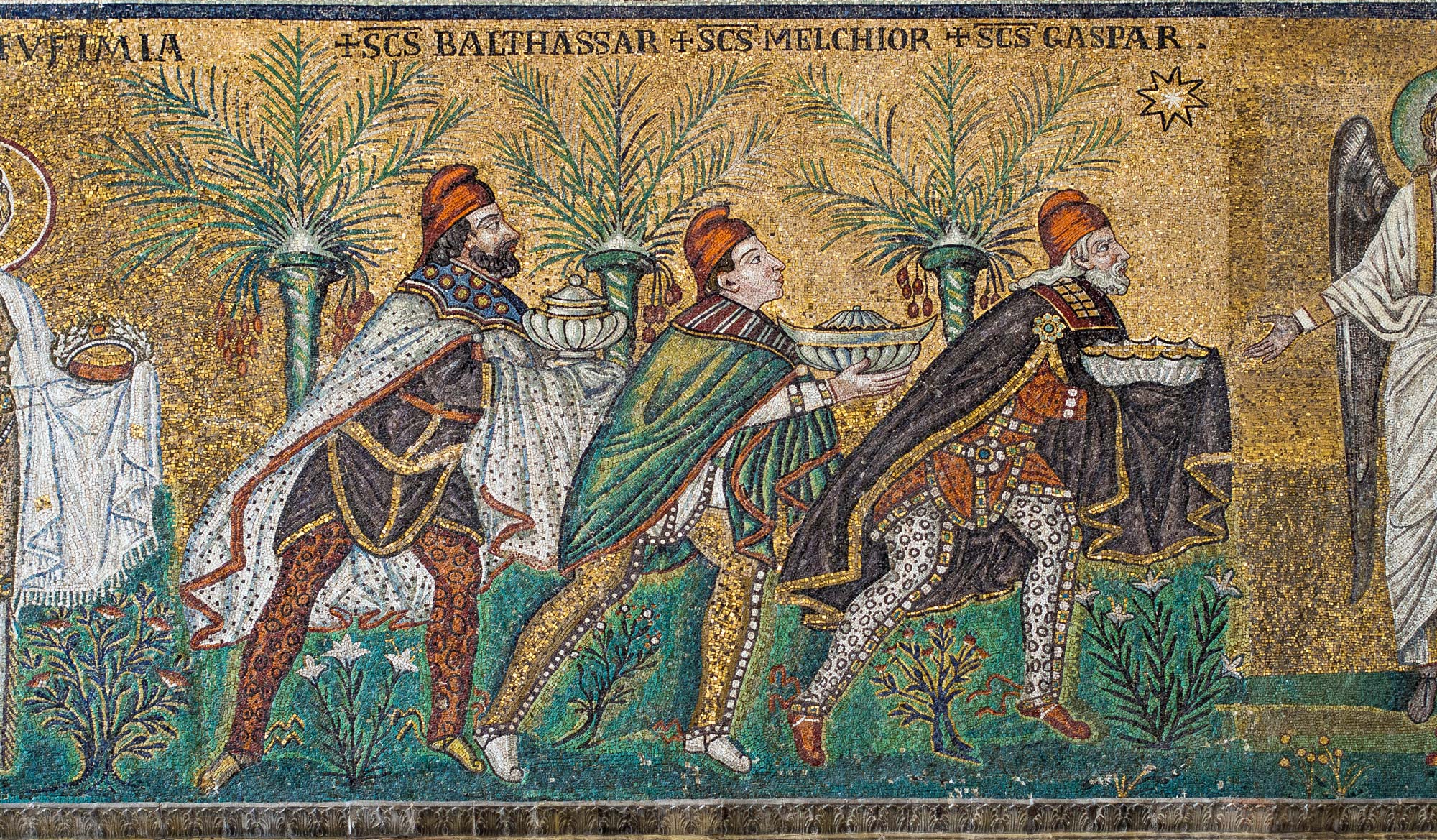Bach Cantata Day Information:
First Sunday after New Year
The 1st Sunday after New Year, but only if it occurs before Epiphany (January 6th) (occurs 4 years out of 7). Liturgical period : Christmastide.
Occurrences: January 7 2024, January 5 2025, January 4 2026, January 3 2027, January 2 2028, January 7 2029, January 6 2030, January 5 2031, January 4 2032, January 2 2033, January 1 2034, January 7 2035, January 6 2036, January 4 2037.
Music for this day
- Schau, lieber Gott, wie meine Feind, BWV 153
(first performance 2 January 1724, Leipzig period) - Ach Gott, wie manches Herzeleid, BWV 58
(first performance 5 January 1727, Leipzig period) - Ehre sei dir, Gott, gesungen, BWV 248
(first performance 2 January 1735 - Christmas Oratorio Part V, Leipzig period)
New Year I is the liturgical day which falls on the first Sunday after New Year, if this Sunday occurs before Epiphany (January 6th). This day only occurs in 4 out of 7 years, which is a bit of a pity because also the 5th cantata of the Weihnachtsoratorium is one of the cantatas for this day.
The first cantata, Schau, lieber Gott, wie meine Feind, BWV 153, dates from Bach's first Leipzig Christmas period, during which his musicians created new works like the Magnificat, BWV 243 and other cantatas, so after this busy period Bach proposes this cantata with a very modest setting to spare his Thomanerchor and orchestra.
The same remark can be made for Ach Gott, wie manches Herzeleid, BWV 58, created in 1727, and actually a chorale cantata completing the 1724 cantata cycle, because this liturgical day did not occur in January 1725.
Finally there's the fifth cantata of the Christmas Oratorio, Ehre sei dir, Gott, gesungen, BWV 248, which covers the voyage of the Three Magi.
Extra information
The Netherlands Bach Society website has more information and a performance of BWV 58:
https://bachvereniging.nl/en/bwv/bwv-58/
Playlist
WBC10-First Sunday after New Year

Choose one of these streaming services to listen to this playlist:
Image of the day

The journey of the Three Magi, carrying gold, frankincense and myrrh, following the star in the right hand corner. Mosaic in the Basilica of Sant'Apollinare Nuovo, Ravenna, Italy, from the 6th century.